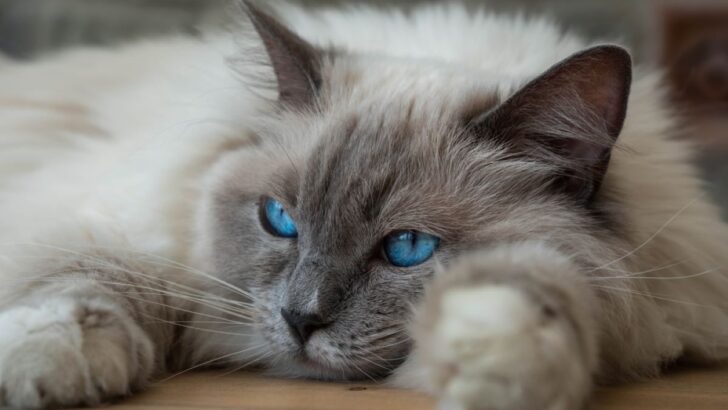Although Ragdoll cats seem like perfect feline companions, is that really the case? People say there’s no such thing as perfect, and some bad things about Ragdolls show us that there’s truth in that saying. No one said owning this fluffy diva would be all sunshine and rainbows…
Of course, if you decide to adopt a furry friend, you must also expect some challenges. She’s a living being, after all. Your furbaby will have her needs and niggles, and you’ll have to devote quite a lot of your time to keeping her healthy and happy.
But isn’t that the beauty of having a pet? You get someone who loves you unconditionally, and you take care of her because you love her, too! Before you decide to adopt one, though, doing a bit of research first is a good call.
Shelters are filled with beautiful felines left by owners who weren’t ready for them. Learning about the breed you plan on adopting is one of the most important things you can do. You don’t want to regret your decision a few months down the line and break your fluff’s heart by leaving her, right?
That’s why I’m super happy you’re here. It’s easy to read about the good things and be excited about your new furry friend, but there are some bad things about Ragdolls that are equally important to know. Let’s see what they are.
Some bad things about Ragdolls you need to know
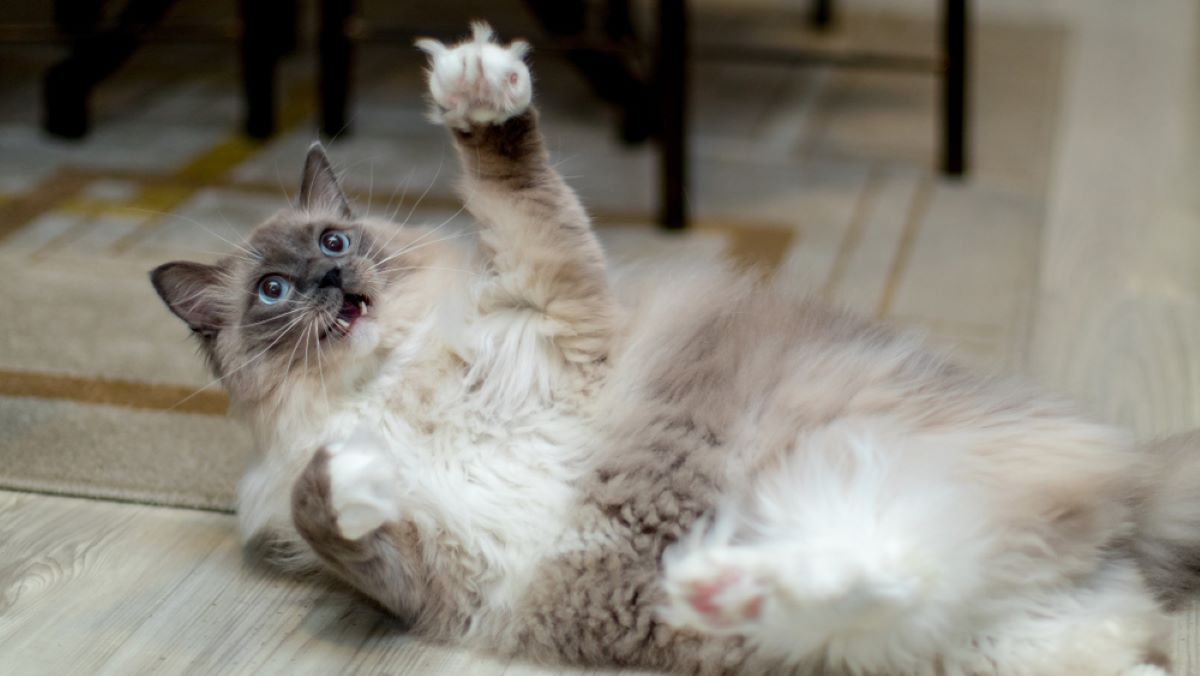
I know, I know… We’ve all heard stories about how friendly, affectionate, and loving these kitties are, but let’s be realistic – there must be something bad about them as well. Knowing both sides of this fluffy diva is the only way you can make the right decision about adopting one.
They’re social but loud; affectionate but also quite clingy. And don’t even get me started on dealing with their rich, long coat! If you haven’t thought about these things before, now’s a good time. Let’s get right to the case.
1. These feline divas are pretty expensive
Is your budget ready for this feline diva? She comes at a pretty big cost, which is one of the bad things about Ragdolls that makes people question their decision of adopting one. You might be ready to pay a reputable breeder for a purebred feline, but are you ready for what comes next?
Let me just remind you – a purebred Ragdoll can cost anywhere from $500 to $2500. That’s often not what people are willing to fork out for a cat, especially because they can adopt one for free. However, if you’ve set your budget for this, there are some other things you should consider, as well.
This is a high-maintenance fluff. You need to keep in mind that taking care of one is pretty expensive, too. She’ll need regular cleaning, grooming, high-quality food, and regular visits to the vet. If you think this might be too much for your budget, you should probably consider getting a different breed.
2. They want constant attention
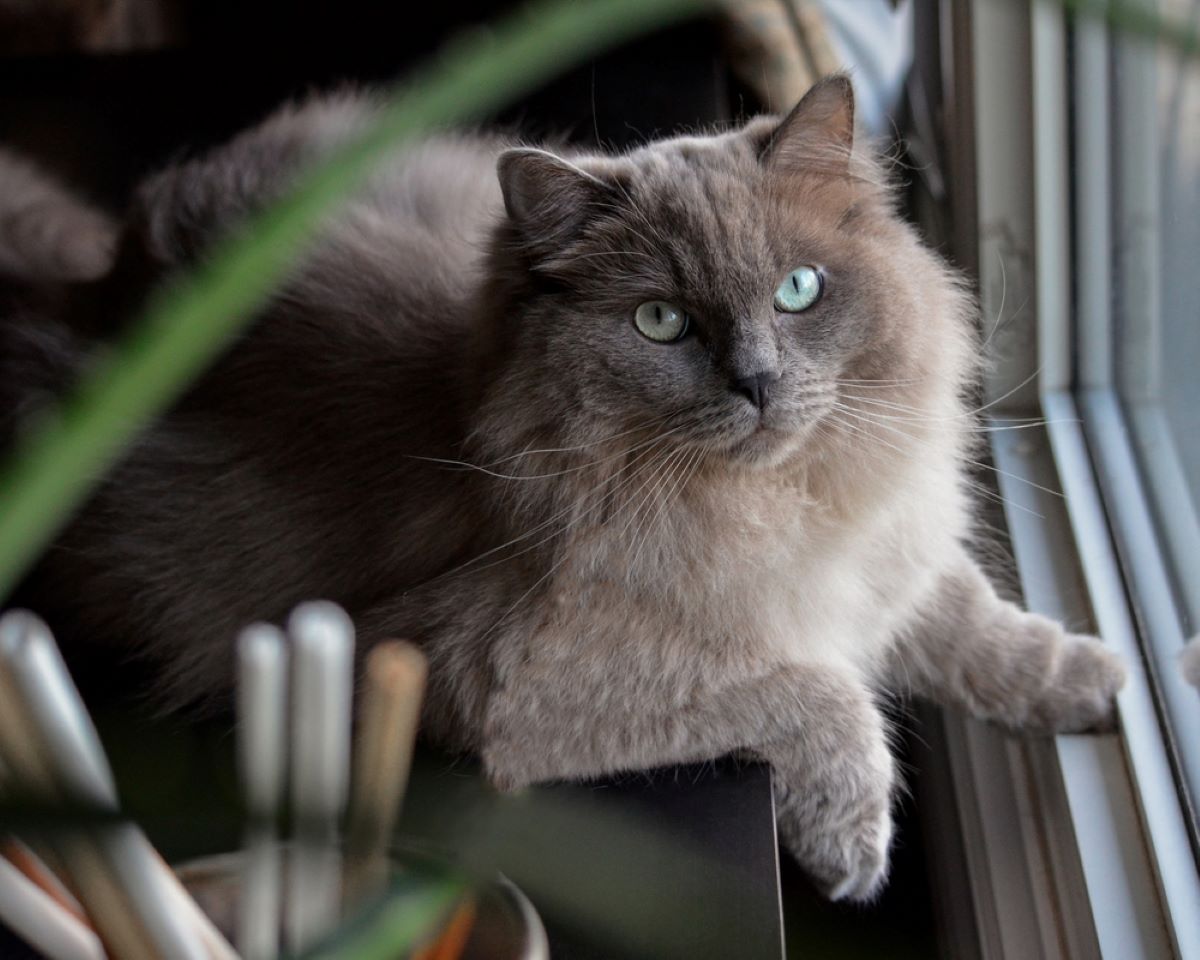
Yes, Ragdolls are incredibly loving and affectionate. The problem is, they’ll expect you to be the same way. No matter how adorable she is and how much you love your furbaby, she can be clingy to the point where it becomes quite annoying.
You may think you’d be okay with your fluff constantly wanting to be by your side, but trust me, Ragdolls need all the attention in the world, and then some more. Although it might sound adorable, it’s a completely different story once you actually get to experience it.
“But I’d love to have a cuddly cat that wants to spend time with me.” If these are your thoughts, you should wait until you try to get anything done while certain someone is bumping her head into you, or determined to climb on your lap.
3. They’re strictly indoor cats
If you plan on keeping your cat inside while occasionally letting her roam in your back garden, you should probably forget about getting a Ragdoll right away. These divas are strictly indoor cats, and they don’t really have the skills it takes to survive the outdoors, no matter how harmless it might seem to you.
These purrers were carefully bred to make perfect feline friends to humans. In other words, Ragdolls are created to be companions, not hunters. Because of that, they won’t contribute much when it comes to hunting down mice, and they’re usually pretty bad at surviving any type of danger outside.
They’re one of the most gentle cats you can get. They don’t have the need to fight aggressively like some other cats, which can be pretty dangerous if they ever find themselves face-to-face with another kitty. Your soft diva needs to stay safe and protected in the comfort of her furever home.
4. They’re very loud
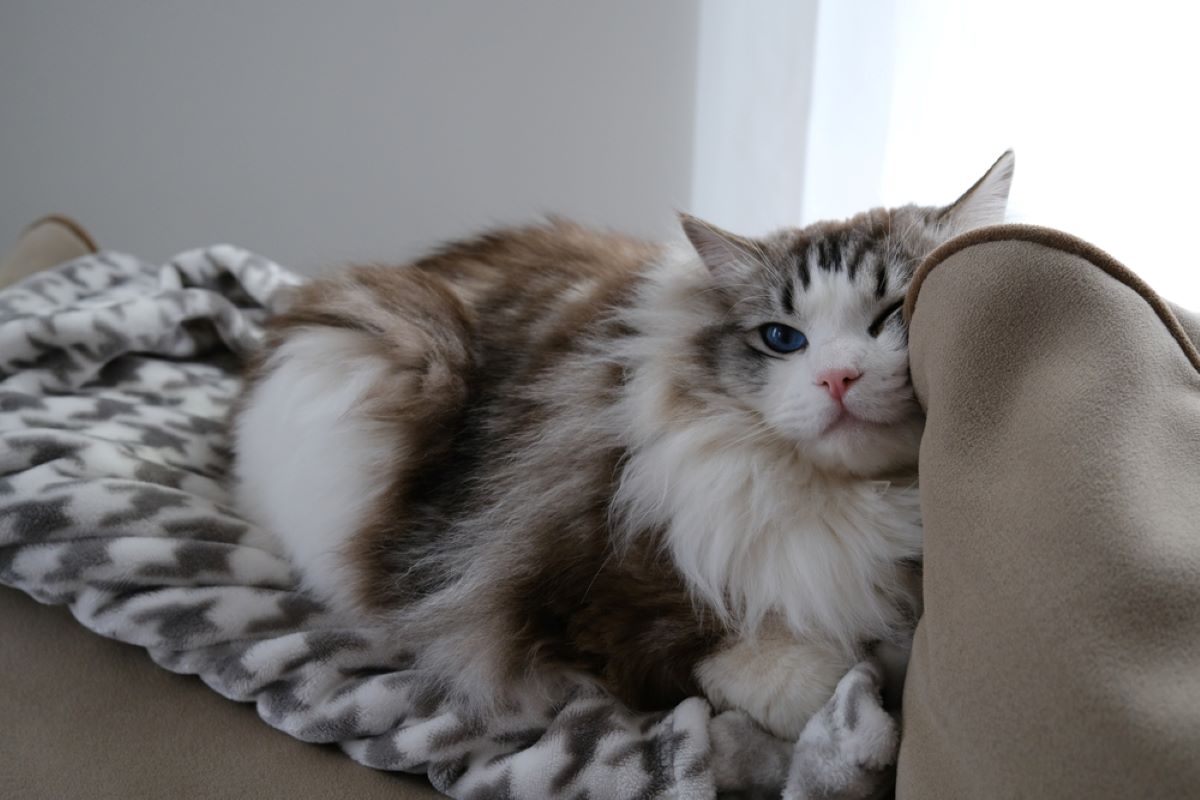
They might be gentle, but that doesn’t mean they’re quiet. Far from it, actually. One of the bad things about Ragdolls that makes some people regret getting one is how vocal they are. If you live in an apartment, you might want to think twice before bringing a Ragdoll into it.
Sure, most cats can get pretty loud when they want something. But when it comes to these prima donnas, they get vocal simply because they feel like it. Most of the time, however, they want to get your attention. They want to be heard, and they make sure they are.
5. You’ll be at constant war with cat hair
One of the main downsides of owning a Ragdoll cat is dealing with cat hair. You’ll find it everywhere. And I mean everywhere.
Even though Ragdolls are designed to suit human needs, they’re one of the breeds that shed the most. If you’re a clean freak, you’ll probably want to pass on this kitty and go for one with shorter hair or at least one that sheds less.
Trust me when I say you’ll be at constant war with her rich fur. Your black pants will be covered in it, and you’ll need to vacuum your home and furniture almost daily.
Shedding can be reduced by regular brushing, but are you ready to deal with daily grooming sessions? Even then, your feline will probably shed, so just prepare to make cleaning an everyday thing.
6. They need regular grooming
If you’ve decided to get a Ragdoll cat because of her beautiful, long fur, just know that it comes with a price. That kind of fur needs regular cleaning, brushing, and grooming. If you don’t, your kitty’s fur will quickly end up in knots and mats that will be even harder to deal with.
No, shaving your long-hair feline is never an option. She needs her coat for her body to function normally. You’ll simply have to make peace with it. Devote a part of your day to brushing, and regular visits to the groomer will be needed, too.
7. These gourmands need high-quality food
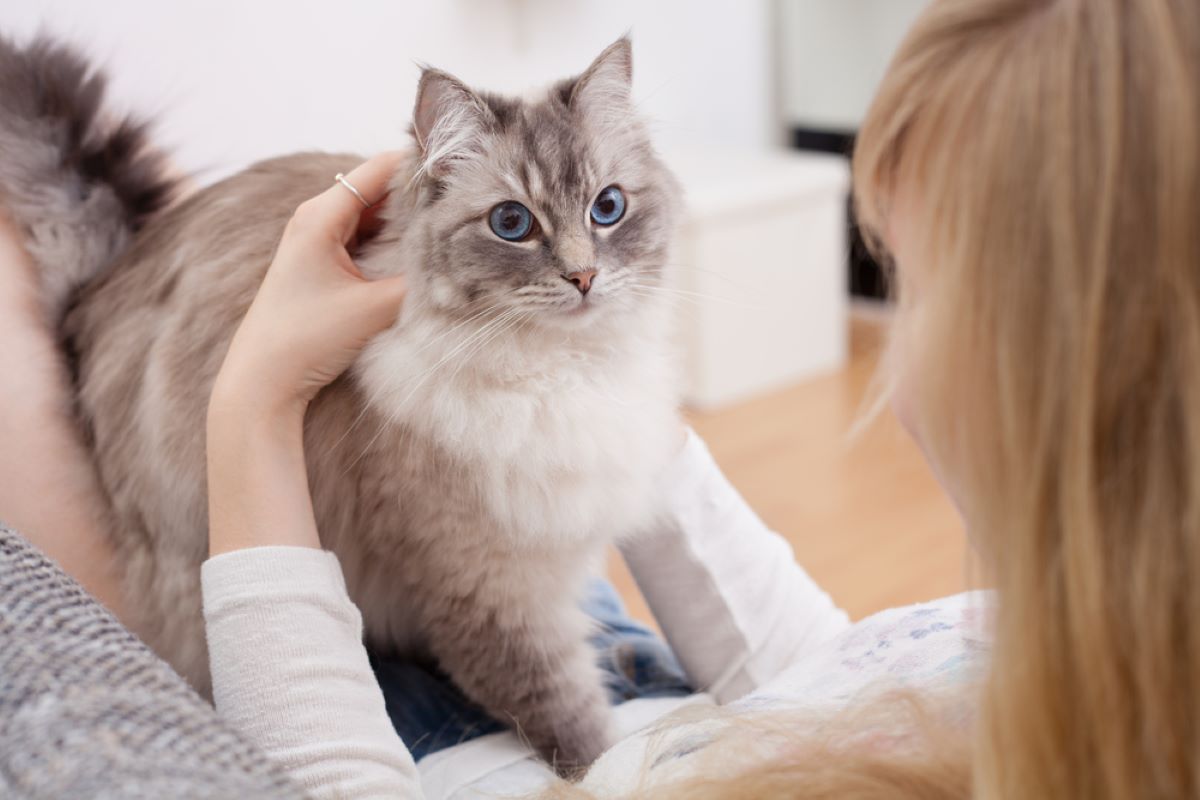
In order to stay healthy, your Ragdoll diva will need high-quality food. She’s a big fluff, and she needs enough protein, minerals, and nutrients to help her stay in her best shape.
You may opt for a cheap can of cat food, thinking it’s probably just as good as a branded one. Most of the time, however, that’s not really the case. With high-quality cat food, you’re not just paying for the brand. It’s filled with nutrients your furbaby needs for healthy development.
Stay away from processed foods that are low in protein or filled with artificial ingredients.
You might think twice before you put a can of expensive food into your shopping basket, but remember that your feline buddy needs it. She’s a diva who’s made for a relaxed, joyous life. If you’re not able to provide it for her, she’s not the kitty for you.
8. They’re a nightmare for people with cat allergies
If you deal with cat allergies, you can forget about bringing a Ragdoll home. I’ve already mentioned how much these kitties shed and, when you have a cat allergy, this issue becomes 10 times worse. Unfortunately, these kitties are far from hypoallergenic.
9. They’re prone to genetic diseases
Although you’ll probably get your Ragdoll from a reputable breeder, there’s still a chance she may suffer from a certain genetic disease. No matter how carefully bred they are, Ragdolls can be subject to quite a lot of health issues, the most common ones include:
- Stomach-related diseases
- Hypertrophic cardiomyopathy (HCM)
- Mouth diseases
- Kidney diseases
- Urinary tract infections
On top of that, these kitties aren’t very active. They’re designed to be lap cats who spend most of their days lazing around your home. Because of that, they’re prone to obesity, so you’ll have to spend some time trying to get your kitty to move her body.

